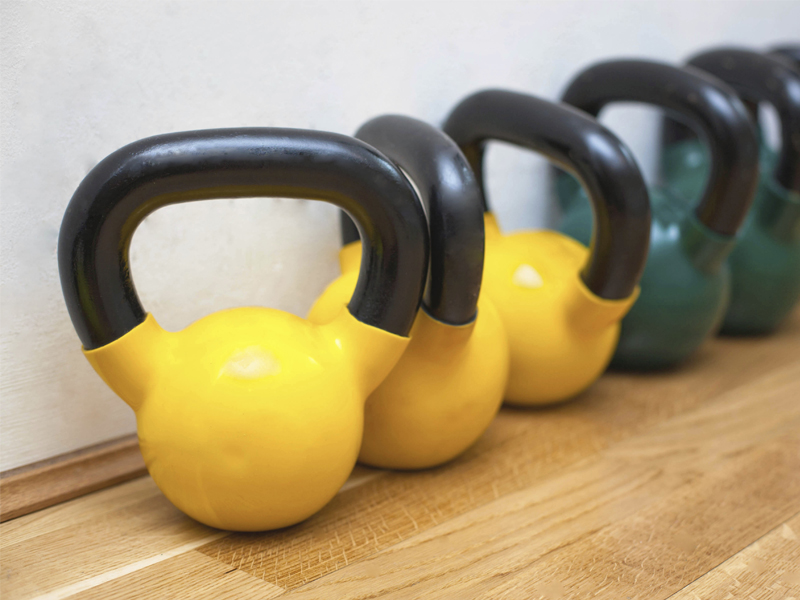Eebrin Bandy was jumping on an inflatable bounce house at her school’s field day in June when it suddenly lost air right as she did a flip.
The 11-year-old Hampton, Virginia, girl landed on her back as the vinyl began to deflate beneath her, and she made contact with the ground. A visit to the doctor found she had fractured a vertebra in her back.
Next stop: physical therapy.
Since her daughter was a patient at Children’s Hospital of The King’s Daughters, Toni Brock expected to have to Norfolk for appointments. She was pleasantly surprised when she was given an appointment at the children’s hospital’s newest health center in Hampton.
The May 27 opening of CHKD’s community-based health center on Butler Farm Road marks the fifth for the Norfolk, Virginia-based health system. The other health centers are located in Newport News, Gloucester, Williamsburg and Chesapeake, Virginia.
Each of the centers offers a variety of outpatient services for pediatric patients including primary care, specialty medical and surgical care, and rehabilitative and diagnostic services.
“We’re really trying to bring the facilities that CHKD has closer to families on the Peninsula,” says CHKD spokeswoman Heather Kent.
The new Hampton health center offers pediatric services, physical, occupational and speech therapies, and provides a place for lab work and X-rays. One of the center’s main focuses is sports medicine rehab, and it features a state-of-the-art rehab area.
Pediatric sports medicine is unique to CHKD, says Sara Stites, the sports medicine physical therapy supervisor for the Hampton center and for the Oyster Point center in Newport News. Therapists are trained to work specifically with children and tailor recovery tactics toward their growing bodies.
Although sports medicine rehab is also offered on the Peninsula at the Oyster Point center, the Hampton center features a spacious gym that gives therapists much more room to work with their patients, Stites says.
The gym is full of exercise equipment: weights and balance balls, stationary bikes and treadmills, a specialized climbing apparatus called a therapy tread wall. The warehouse-like space also allows therapists to perform running and pitching video analyses.
These types of analyses help identify the smallest technique errors that may be contributing to pain, injury or poor performance. Athletes can sprint, kick a soccer ball or throw a baseball into a net and have their form scrutinized. The health center offers analysis services to any young athlete interested in helping his or her form, not just therapy patients.
“Although we’re sports medicine, we don’t just treat athletes,” Stites says. “We can help any kid who can benefit from strength and training.”
The Hampton health center also offers CHKD’s programs for dance medicine, ACL injury prevention for female athletes, clinics for trainers and coaches, and concussion rehab. Two private treatment rooms are available to treat concussion patients, including one room that has adjustable lighting to make it easier for those who are light-sensitive.
Stites says about 25 percent of patients have been transfered from the Oyster Point center—the rest have come from new referrals. Eebrin Bandy was a pediatric patient at Oyster Point when she was referred to the Hampton center for six weeks of physical therapy to treat her back.
Eebrin’s mom, who recently watched physical therapy assistant LaChelle Graziano guide her daughter through squats and other exercises, says the location of the center—closer to home—makes it easier to make twice-weekly appointments. And after just two weeks, therapy was already helping her daughter stand up straighter than she had even before her injury.
“I love it,” Brock says. “I’m so glad they put this center here.”

